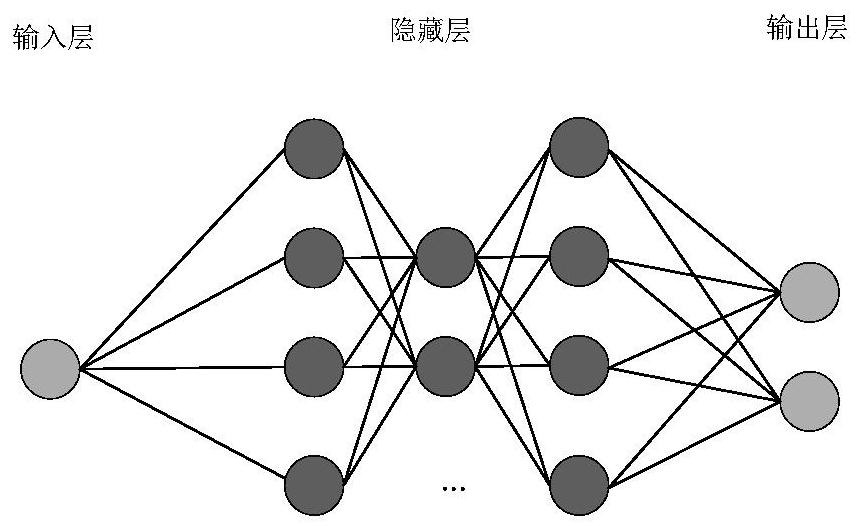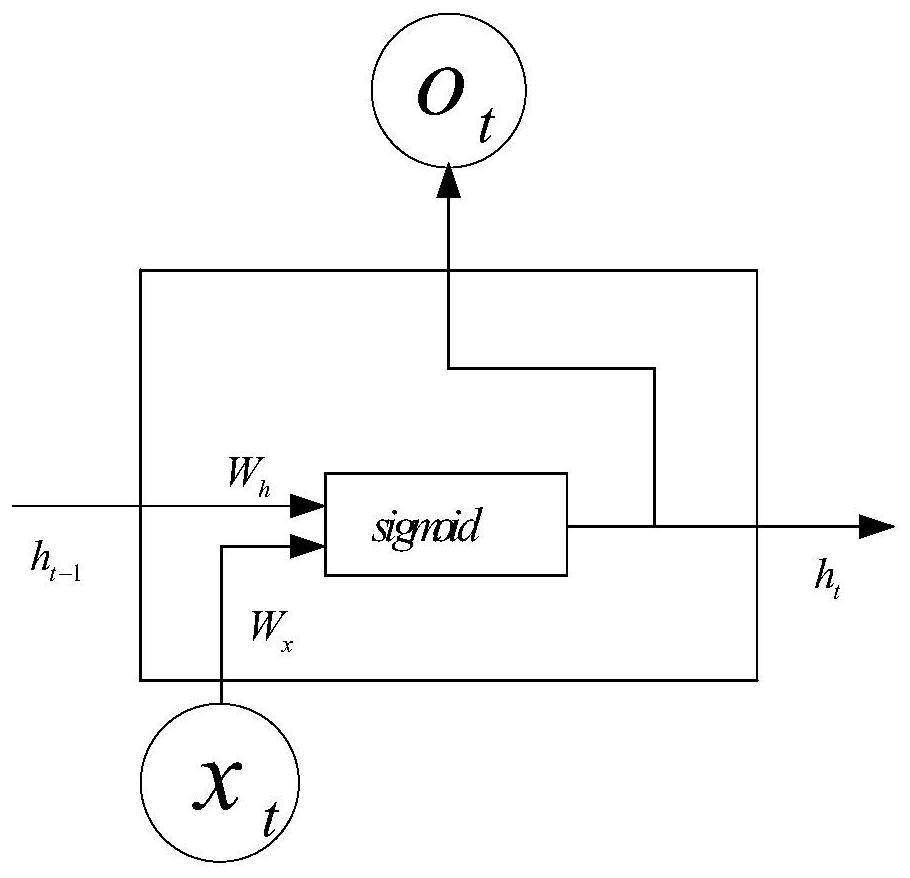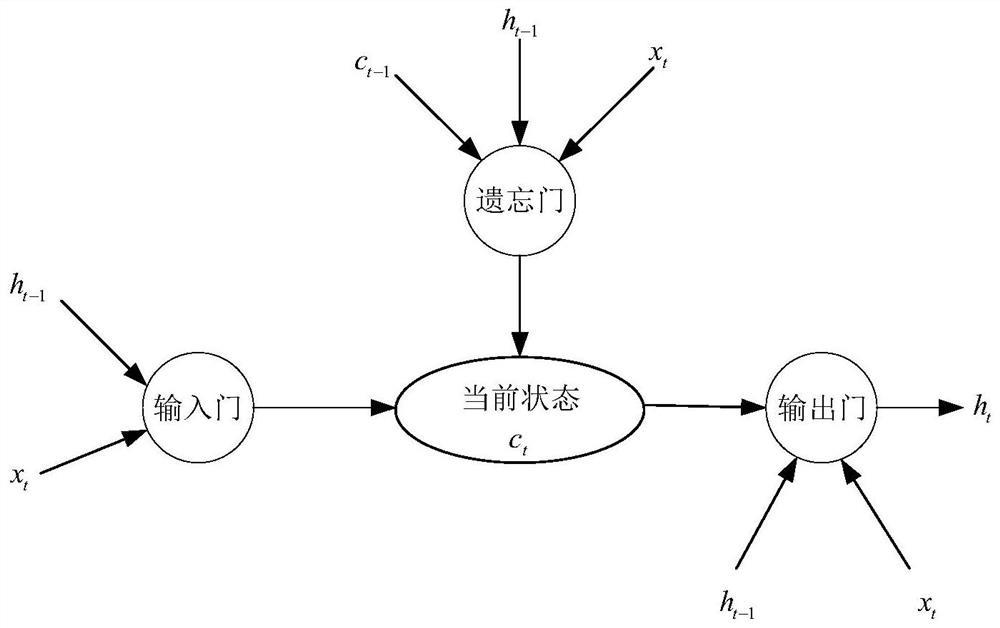Underwater cylinder turbulent flow partition flow field prediction method based on deep learning
A technology of deep learning and prediction methods, applied in the field of fluid mechanics, can solve problems such as inability to handle logic and limit applicability, and achieve good and accurate prediction results
- Summary
- Abstract
- Description
- Claims
- Application Information
AI Technical Summary
Problems solved by technology
Method used
Image
Examples
Embodiment Construction
[0063] Now in conjunction with embodiment, accompanying drawing, the present invention will be further described:
[0064] This application proposes to divide the turbulent flow field of the underwater cylinder into four regions based on the comparison with the incoming flow velocity, and establish a model according to the data characteristics and data volume of each region. In order to achieve better prediction effect.
[0065] Technical solutions:
[0066] Step 1: Data preparation. The geometric shape of the underwater cylinder is represented by ICEM software, and an unstructured calculation grid is generated. Then import the Fluent software, set the incoming flow velocity V, calculation model and monitoring points, and perform data simulation. Obtain the speed and pressure of each monitoring point whose time length is T. The unstructured computational grid and dimension map generated by ICEM is shown in Figure 5 Shown:
[0067] The input x is the v of the first n mom...
PUM
 Login to View More
Login to View More Abstract
Description
Claims
Application Information
 Login to View More
Login to View More - R&D
- Intellectual Property
- Life Sciences
- Materials
- Tech Scout
- Unparalleled Data Quality
- Higher Quality Content
- 60% Fewer Hallucinations
Browse by: Latest US Patents, China's latest patents, Technical Efficacy Thesaurus, Application Domain, Technology Topic, Popular Technical Reports.
© 2025 PatSnap. All rights reserved.Legal|Privacy policy|Modern Slavery Act Transparency Statement|Sitemap|About US| Contact US: help@patsnap.com



